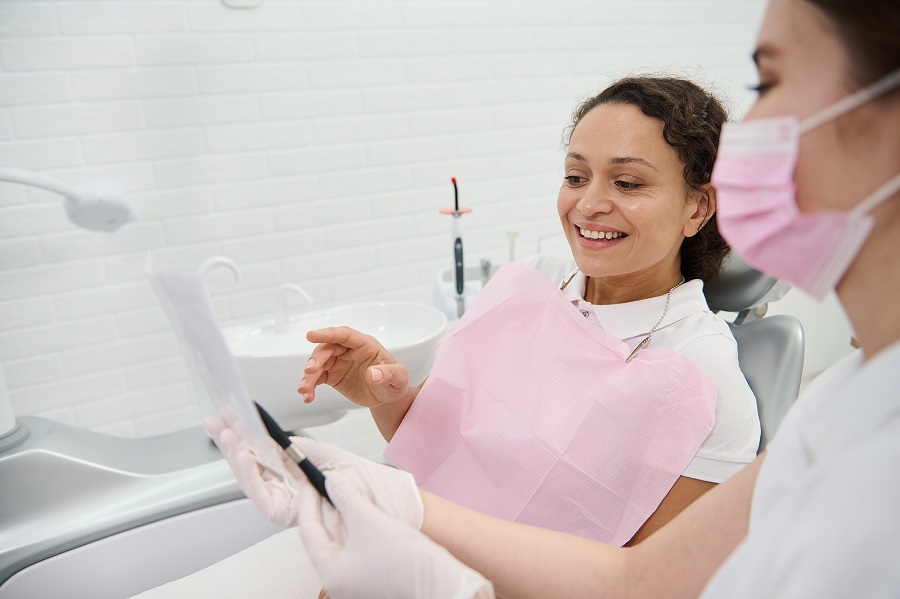We all want to have brilliant, sparkling white teeth. But unless you want to give up things that stain your teeth, such as coffee and wine, it can be hard to naturally achieve pearly whites. Even brushing and flossing every day can’t completely remove years of accumulated deep stains.
The good news is that there are many options on the market for whitening your teeth – everything from over-the-counter drugstore strips to laser sessions in a mall kiosk. However, while these easy fixes may provide you with some minor and temporary results, many people realize that these methods for teeth whitening cost more than they’re worth.
How Teeth Get Dingy
We all start out having white teeth. The enamel that covers and protects our teeth has a porcelain-like surface. However, over time – with all of the hard foods and acidic drinks we consume – the enamel of a tooth can crack, leaving it exposed to dirt and debris.
These cracks can also expose the natural yellowish color of dentin, which resides under the enamel. All of this combined with bacteria can create a yellowish tinting of your teeth.
Teeth Whitening vs. Teeth Bleaching
Most of the options for brighter teeth are termed “whitening.” Toothpaste with the words “whitening” next to the label, or whitening strips and gels and even home remedies, can make your teeth look whiter.
However, whitening typically only brings your teeth back to their original color, leaving them a bit brighter than before, but still a little yellow.
How Does Teeth Whitening Work at the Dentist?
When most people talk about whitening their teeth, what they really want is teeth bleaching. This procedure, when done professionally by a dentist, is the safest and most long-lasting way to get visibly whiter teeth.
When you go to a dentist to have your teeth “bleached,” they don’t use actual bleach. Rather, dentists use a compound solution of carbamide peroxide or hydrogen peroxide. Most patients are a candidate to have their teeth bleached and should speak to their dentist for an evaluation.
Care After Teeth Bleaching
If you’re planning on getting your teeth bleached, or have recently done so, you should take extra steps to maintain your whitened teeth. After the bleaching solution penetrates any cracks in the enamel, it leaves the cracks open for a short time. Most of these cracks close on their own due to mineralization from saliva.
However, other cracks take more time to close. Be sure to avoid consuming any foods or beverages that could penetrate these cracks and thereby diminish the new bleached color. Teeth can also be sensitive after the procedure but will return to normal within three days.
Cosmetic and Family Dentist in Plantation
Seeing your dentist at least twice a year is widely recommended to maintain optimum oral health.
For all of your teeth cleanings and dental needs, make your next appointment with Dr. Ernie Soto in Plantation. Dr. Soto serves patients of all ages throughout Broward County for comprehensive dental care, and he specializes in cosmetic and implant dentistry.
Call (954) 368-6264 or fill out our online consultation request form to schedule an appointment today. We look forward to serving you and helping you achieve your best possible smile!
Office Hours
MON - THU9:00 am - 5:00 pm
FRI9:00 am - 1:00 pm
SAT - SUNClosed
Address: 10187 Cleary Blvd STE 103, Plantation, FL 33324
Email: jenn@drerniesoto.com
Phone: (954) 368-6264






